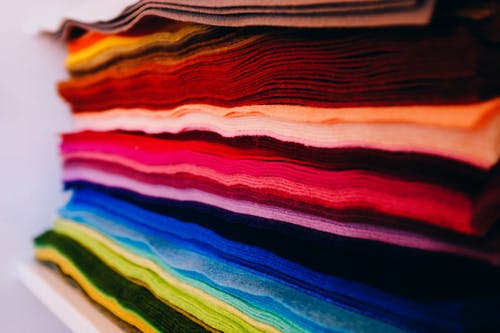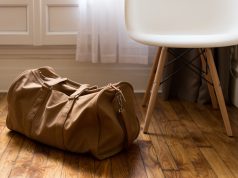A boom in the textile industry in Korea has many people wondering if Bojagi is the reason behind the increase. Textile is very popular in South Korea and many more manufacturers are looking to get into the business, which is great news for people in Korea that are looking for even more textile options. Could the traditional Korean fabric be the main drive behind the boom?
What is Traditional Korean Fabric?
Bojagi is a traditional Korean fabric that’s oftentimes used as gift wrapping to wrap presents for events such as Doljanchi, weddings, anniversaries, and even holidays like Christmas. Multiple colors and various types of fabrics are used to create the wrapping, such as cotton, silk, and ramie.
Historically, the traditional Korean fabric bridged the gap between rich and poor people. All societal classes used Bojagi within their lives and since it can be made from scrap fabric, it was incredibly useful for poor people who couldn’t afford big pieces of silk. It could be folded up very small for storage making it great for those in smaller homes with less storage.
Importance of Women in Textile Boom & Role Using Traditional Korean Fabric
Women historically were wives and didn’t work so they spent a lot of time taking care of the children and the home. Being thrifty and also being responsible for making clothes for the household is really why women became important to the textile industry. When women would make hanbok clothing, usually scraps would be leftover, which also was used to make Korean fabric art.
The women would make various Bojagi and give them to their daughters when they got married because after the daughters got married, they wouldn’t have much contact with their own family. By giving the daughter traditional Korean fabric it was a way that the daughter would have memories of her own family.
There are several different parts of creating traditional Korean fabric such as dyeing, process-weaving, and sewing. It’s this multiple-step process that has allowed the textile industry to only increase over the years in manufacturing fabrics used to create the Bojagi.
What Do Koreans Use Traditional Korean Fabric For Currently?
Over the years, the uses for traditional Korean fabric have only grown, which is why the textile industry has become such a hot commodity in Korea. There are several reasons to use the fabric and it’s useful for both men and women.
Wrap Gifts for Any Occasion
The main use for traditional Korean fabric is to wrap gifts for any occasion, such as weddings, birthdays, ceremonies, baby showers, and even Valentine’s Day. Since the fabric comes in multiple colors it’s perfect to use for all gift-giving occasions. Not only does it make wrapping difficult gifts easier, but it also adds an element of love to the occasion.
Wrapping Cherished Items
People use traditional Korean fabric to wrap cherished items that they don’t want to see destroyed or damaged by the elements. You can use Bojagi to ensure that the cherished items in your life don’t end up destroyed or end up with dust build-up on them from being stored in the attic or basement.
Use to Keep Foods Warm
What’s really useful is that you can use traditional Korean fabric to keep food items warm, such as when you’re going on a picnic or going to a wedding and have brought a food item. Certain fabrics hold in warmth and you can also line the fabric with padding during the cold to ensure the food stays hot. In the summer, thinner fabrics are used to keep the food from going bad and it promotes airflow.
Create Your Own Artwork
Bojagi art is very popular and it’s a lovely way to display certain colors or certain fabrics within your home or school. Children can easily make traditional Korean fabric art to hang in their room and you can teach them about colors and patterns in the process. There are so many artistic ways to use the fabric and it can bring joy to those that see your gorgeous art.
Hanbok Material
It’s common to use the traditional Korean fabric to make a hanbok, with the bigger pieces being used to create elements of the hanbok. High-quality fabric will result in the best hanbok that will not only last a long time, but that also look amazing on both men and women for formal occasions.










